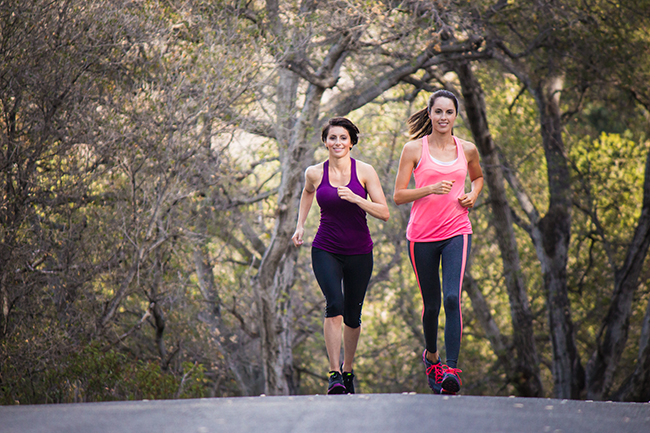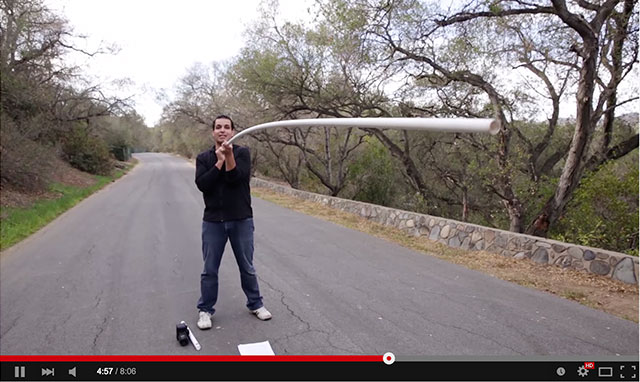Why Do Photos Come Out Blurry?
Blurriness in photos can be caused by various factors, including focus problems, low shutter speeds, and camera shake. When a picture comes out blurry, it’s important to identify the specific reason behind it to address the issue effectively.
Focus Problems: If the camera fails to achieve proper focus on the intended subject, the resulting image can appear blurry. This could be due to incorrect autofocus settings, missed focus point, or focusing on the wrong subject within the frame.
Low Shutter Speeds: When using slower shutter speeds, there is a higher risk of capturing motion blur or camera shake. If the subject or the camera moves during the exposure, it can lead to blurry images. This is particularly noticeable when hand-holding the camera without any stabilization support.
Reciprocal Rule for Reducing Camera Shake: The reciprocal rule is a guideline to minimize camera shake and achieve sharper handheld images. It suggests that when hand-holding your camera, the shutter speed should not be slower than the reciprocal of your effective focal length. However, it’s generally recommended to keep the shutter speed no lower than 1/50th of a second to avoid noticeable camera shake. Remember, these guidelines may vary depending on factors such as lens, camera body, subject movement, and your stability when holding the camera.
Differentiating Camera Shake and Motion Blur: It’s crucial to understand the distinction between camera shake and motion blur. Camera shake refers to the blurriness caused by slight movements of the camera itself during the image capture. On the other hand, motion blur occurs when there is movement within the scene, resulting in blurred moving objects. Freezing moving objects requires different techniques than mitigating camera shake.
By understanding these factors and applying the reciprocal rule, photographers can minimize camera shake and increase the chances of capturing sharper, high-quality images when hand-holding their cameras.
Reciprocal Rule Example

Let’s say you’re using a 50mm lens on your camera. According to the reciprocal rule, your shutter speed should not be slower than the reciprocal of your effective focal length, which in this case is 1/50th of a second.
If you’re shooting handheld and want to avoid noticeable camera shake, you should aim for a shutter speed faster than 1/50th of a second. For instance, you could use a shutter speed of 1/60th, 1/80th, or even faster.
Keep in mind that the reciprocal rule is a general guideline, and the actual results may vary depending on factors such as the steadiness of your hand, the stability of your stance, and the specific camera and lens you’re using. Additionally, if you’re photographing a moving subject, you may need an even faster shutter speed to freeze the motion and avoid motion blur.
It’s always recommended to experiment with different shutter speeds and adjust them as needed based on the specific shooting conditions and desired outcome.
The Pole Analogy in Understanding the Reciprocal Rule

The reciprocal rule can be better understood with the help of a pole analogy. Imagine you’re holding a pole vertically in your hands, trying to keep it steady. The longer the pole, the more difficult it is to keep it perfectly still.
In photography, the focal length of your lens is like the length of the pole. A longer focal length, such as a telephoto lens, magnifies any movement or shake, making it more noticeable in your photos.
Now, imagine that the pole represents your effective focal length. The reciprocal rule suggests that your shutter speed should be the reciprocal of the focal length or faster to avoid camera shake. So, if you’re using a 200mm lens, the reciprocal would be 1/200th of a second or faster.
If you were holding a long pole, you would need to move your hands quickly to minimize any visible shaking. Similarly, with a longer focal length, you need a faster shutter speed to minimize the effects of camera shake.
Remember, the reciprocal rule is a guideline, and there are other factors at play, such as your stability, lens stabilization, and the specific shooting conditions. It’s important to practice and experiment to find the optimal shutter speed for your equipment and shooting style.
Exceptions to the Reciprocal Rule

While the reciprocal rule is a useful guideline for avoiding camera shake, there are some exceptions and additional factors to consider:
- Image stabilization: If your lens or camera has built-in image stabilization (IS or VR), it can compensate for small movements and allow you to use slower shutter speeds without significant blur. This technology can effectively extend the usable range of shutter speeds.
- Subject movement: The reciprocal rule primarily addresses camera shake caused by hand movement. However, if your subject is moving, you may need to use a faster shutter speed to freeze the motion and avoid motion blur. This is especially relevant when photographing sports, wildlife, or other fast-moving subjects.
- Tripods and stability aids: When using a tripod or other stability aids like a monopod, the need for fast shutter speeds to prevent camera shake is reduced. These tools provide a stable base, allowing for longer exposures without noticeable blur.
- Personal stability: The ability to handhold a camera steadily varies among individuals. Factors like fatigue, posture, and even caffeine intake can affect how stable you can hold your camera. Some photographers may have steadier hands and can get sharp shots at slightly slower shutter speeds.
- Lens characteristics: Certain lenses, particularly those with image stabilization or wider maximum apertures, may be more forgiving in terms of camera shake. They can allow for sharper images even at slower shutter speeds compared to lenses without these features.
Ultimately, it’s essential to consider the specific shooting conditions, equipment capabilities, and your own shooting technique when determining the appropriate shutter speed to avoid blur. Experimentation and practice will help you find the optimal settings for capturing sharp images in various situations.
Additional Terms For More Clarity
To provide further clarity on the topic, here are some additional terms related to the reciprocal rule:
- Effective Focal Length: The effective focal length refers to the focal length of a lens on a specific camera body. For crop sensor cameras, the effective focal length is often multiplied by a crop factor. It is important to consider the effective focal length when applying the reciprocal rule.
- Camera Shake: Camera shake occurs when the camera moves slightly during the exposure, resulting in blurry images. It is typically caused by hand movement and can be minimized by using appropriate shutter speeds.
- Motion Blur: Motion blur is a different type of blur caused by the movement of the subject or objects within the frame during the exposure. It is not related to camera shake but rather captures the motion as a deliberate creative effect or as an undesired result when freezing moving subjects.
- Image Stabilization (IS/VR): Image stabilization is a technology found in some lenses or camera bodies that compensates for small movements of the camera. It helps reduce the impact of camera shake, allowing for sharper images when using slower shutter speeds.
- Tripod: A tripod is a three-legged stand used to support a camera and maintain stability during photography. It provides a solid foundation, reduces camera shake, and allows for longer exposures without blur.
- Monopod: A monopod is a single-legged support that offers some stability but not as much as a tripod. It can be useful in situations where mobility is important, but additional stability is needed compared to handheld shooting.
- Fatigue and Posture: Fatigue and poor posture can affect your ability to hold the camera steady. Being well-rested, maintaining a stable stance, and supporting the camera correctly can help reduce camera shake.
By understanding these additional terms, photographers can gain a clearer understanding of the factors influencing image sharpness and apply the reciprocal rule more effectively in their photography.








